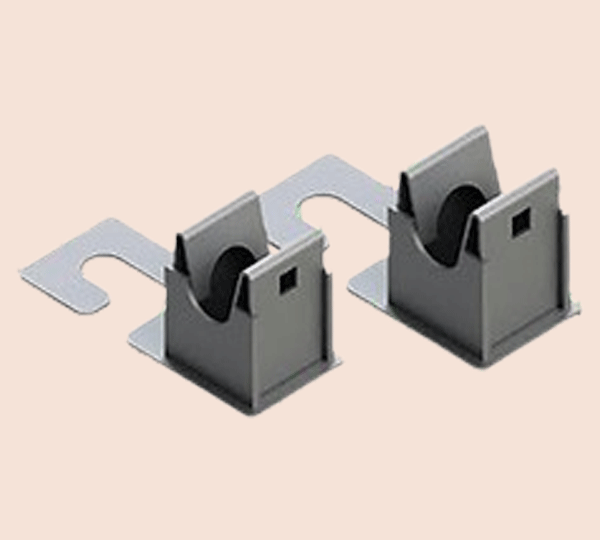lightning-protection
Lightning
Lightning is a naturally occurring electrostatic discharge during which two electrically charged regions in the atmosphere or ground
temporarily equalize themselves, causing the instantaneous release of as much as one gigajoule of energy.
A lightning strike or lightning bolt is an electric discharge between the atmosphere and the ground. They mostly originate in a
cumulonimbus cloud and terminate on the ground, called cloud to ground lightning.
Lightning Protection
A Lighting Protection System (LPS) is the system that provides a means by which a lightning discharge may enter or leave earth without
passing through and damaging personnel, structures such as buildings and electrical equipment. A Lightning Protection System does
not prevent lightning from striking. It provides a means for controlling energy and prevents damage by providing a low resistance path
for the lightning. They LPS has been categorized into four classes (Level – l, 11,
Ill, IV). The class of LPS used for the structure is
selected corresponding to the Lightning Protection Level (LPL) required for that structure. LPL is determined by carrying out the risk
assessment as per IEC 62305-2. The four corresponding LPL (l, 11,
Ill, IV) are based on fixed minimum and maximum lightning current
parameters for each level.
A lightning protection system consists of three parts-
(a) intercept a lightning flash to the structure (with an air-termination system),
(b) conduct the lightning current safely towards earth (using a down-conductor system), and
(C) disperse the lightning current into the earth (using an earth-termination system).
Indian Standards for Lightning protection & Earthing-
IS/IEC 62305-1 : Part 1: General principles
IS/IEC 62305-2 : Part 2: Risk management
IS/IEC 62305-3 : Part 3: Physical damage to structures and life hazard
IS/IEC 62305-4 : Part 4: Electrical and electronic systems within structures
NBC – 2016 : National Building Code of India – 2016
IS 3043 : Code practice of earthing


